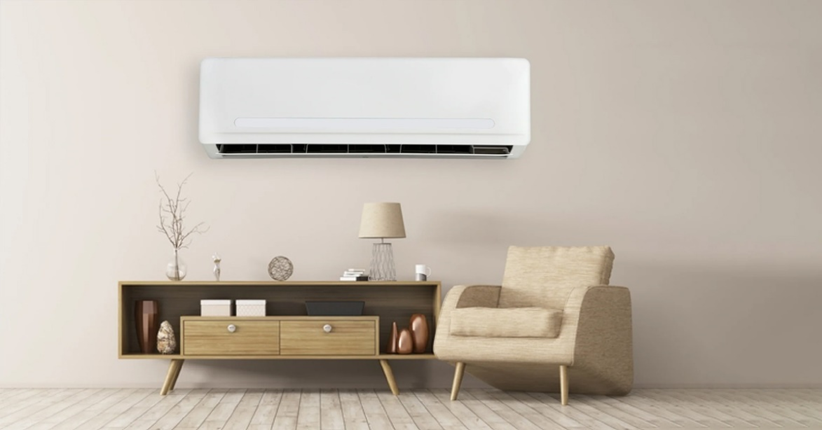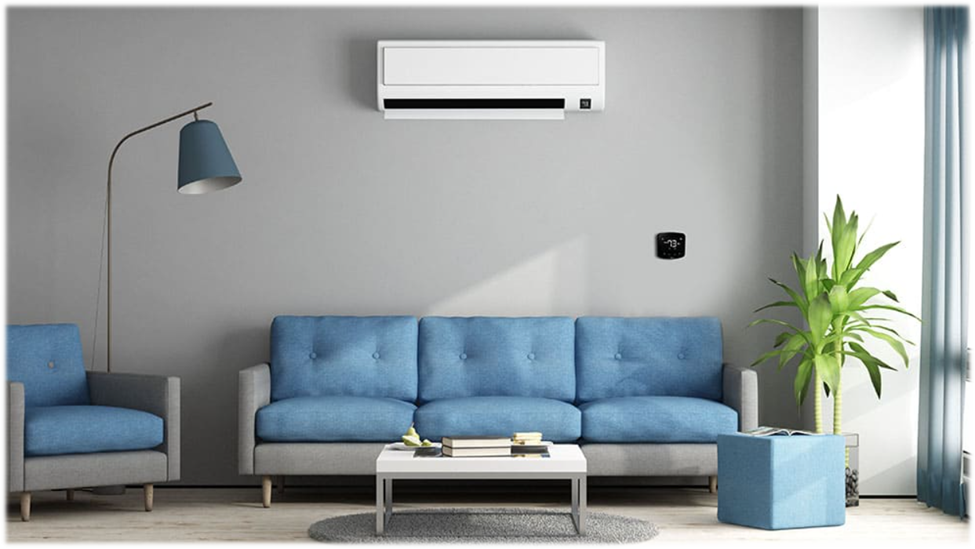Buying Guide for a Standard Washing Machine (2022)
Purchasing home appliances is certainly not easy and needs a lot of research and planning. One of the most fundamental and essential appliances is a washing machine. So, we compiled this guide to help you know what to focus on to acquire the best washer that could meet your needs.
Well, we hope after reading this guide, you’d have a better understanding of what washing machines are all about, what makes one better than another, and recognize your personal requirements above all.
Kinds of washing machines:
Washers could be either semi-automatic or fully automatic. There are several kinds of washers but mainly two sorts that are top load and front load washers. You could have them freestanding or built-in in accordance with your space & design preferences.
Semi-automatic washers:

Needs some manual intervention. You could pause the washing machine and scrub the garments for removing excess dirt and dry them in a separate tub.
Fully automatic washers:

There is no requirement of manual efforts in the case of such washing machines. These washers have more washing programs than semi-automatic machines and save ample time and physical effort for you.
Top-load washing machines:

You could open and load from the top of the machine. So, if you plan on getting a dryer, you have to accomplish side-by-side installation for your washer. The top-load washers typically have agitators or impellers. Unluckily, agitators employ a lot of space thereby wasting some space for garments. Therefore, agitator models are usually less expensive.
Pros:
- No need to bend or kneel for loading or removing your laundry. This is particularly convenient for elder people who have back/knee pain.
- These products are usually cheaper than front-load washing machines coz these use more water and energy.
Cons:
- Top loaders employ on average 17.94 gallons of water per wash that is twice the water required for a front loader. Therefore, a top-loading machine has a high running cost.
- Agitators could sometimes be too harsh on delicate items and soft fabrics.
- Agitators also occupy a lot of space that give less room for clothes, i.e., reducing the net capacity for washers.
- Through a top loader, your only choice is to have side-by-side installation for your dryer that could reduce your space particularly if your laundry area is small.
- Deep tubs mean that you have to reach in for the bottom of the washer to pick your garments.
Front-load washers:

Open and load from the front side of the washer. Such machines use tumble cleaning instead of agitators that makes them reliable for fabrics and more energy-efficient.
Pros:
- These have modern designs.
- The machines have a variety of washing programs.
- These washers are practical coz the machines offer the possibility of stacking a dryer on top.
- Efficient energy and water usage, these employ on average about 8.74 gallons of water per load that is half the water required for a front loader.
Cons:
- These machines are more expensive than top-loading washing machines.
- You have to kneel/bend for filling or removing laundry.
Drying efficiency (rpm):
The washers’ spin speeds are measured in RPMs (revolutions per minute). And, the quicker the drum rotation per minute, the better drying you could have. A good spin speed or rpm removes excess water at the end of the program that reduces the duration required for drying the clothes on a washing line or time spent in the tumbling dryer. Also, the spin speeds vary from 1000 to 1800 rpm having typical rpm falling between 1200 up to 1400. The high RPMs are required for big and thick towels; while, the socks and delicate garments need a lower spin speed. You could decrease the spin speed, but you couldn’t go above your machine’s rpm. This is notable that the running cost of the washer increases with the fast spin speed and noise level.
Energy efficiency ratings:
One of the most significant factors that should go into your decision for your purchase is energy and water use. There are many choices for energy-efficient washing machines having several ratings. The companies generate these ratings by comparing washers’ energy & water usage on the cotton program at 60 degrees. Plus, the efficiency ratings range from A+++ and is the highest rating down to A. This is best if you could purchase an energy star model coz this uses less electricity and water.
Drum size:
One of the most vital factors you should consider is your washer’s drum size. The drum size fundamentally is the number of kilograms of dry clothing that fits into the washer. You should know there are various drum sizes, and your choice should be based on your requirements. And, you desire to be able to fit laundry easily or without any difficulty with the washer. Choose a suitable drum size and acquire the best cleaning results by filling items in accordance with the program’s size limit. Obviously, the bigger the drum size, the easier this is to add a large load and less rounds you’d need to wash all laundry. You’d guarantee that your garments are cleaned entirely, and you’d get more space for your laundry for moving the items around and dry your items more effectively.
Measurements and average dimensions:
What are the average dimensions of a normal quality washer?
Well, standard washing machines have the following average dimensions:
Height: 85 cm.
Width: 60-70 cm.
Depth range: 40-70 cm.
Which measurements should you take?
When you’re taking measurements for your washer, the first step is to measure the height, width, & depth of the area that the washer is going to be placed in. You should take into consideration the internal & external dimensions of the washing machine; some washers are curved & heavy around their edges and front sides. You should measure doorways and pathways to ensure these machines could fit through them and the space behind the washing machines.
Installation:
Before you install your washing machine, consider prior installations and possible plumbing efforts for your washer to properly fit & operate.
The extra space is required for pipes and installations behind the washers. Firstly, you need to have a drain connection for wastewater and clear passageway. Obviously, you’d need hot & cold water lines preferably as close as 3 feet from your washer’s hookups. If you plan to add pedestals, you should know that this would add 16 to 40 cm to your washer’s height possibly affecting any cabinets that might be present above the washing unit.
Detergent:
You could use a variety of detergents for your washing machine. These are powder, gel, & liquid. Well, powder and gel detergents make this easy to get the dosage right without having difficulty estimating. On the other hand, the liquid detergent is ideal for usage at a low temperature as such detergents easily dissolve.
Conclusion:
Hopefully, you might have understood all main points regarding our article, washing machine buying guide for picking your washing machine. One more point. Al-Fatah Electronics (empowered by Connect Solutions) has been doing business and selling quality washing machines for a long time. If you want to check the price and other attributes of standard washers on a standard online store, do visit Al-Fatah Electronics website. Well, this might be that you could attain the washer of your requirements. Plus, keep on visiting our blog for more useful pieces. If you want to purchase ACs also visit us for 1.5 ton ac price in Pakistan.



Comments
Post a Comment